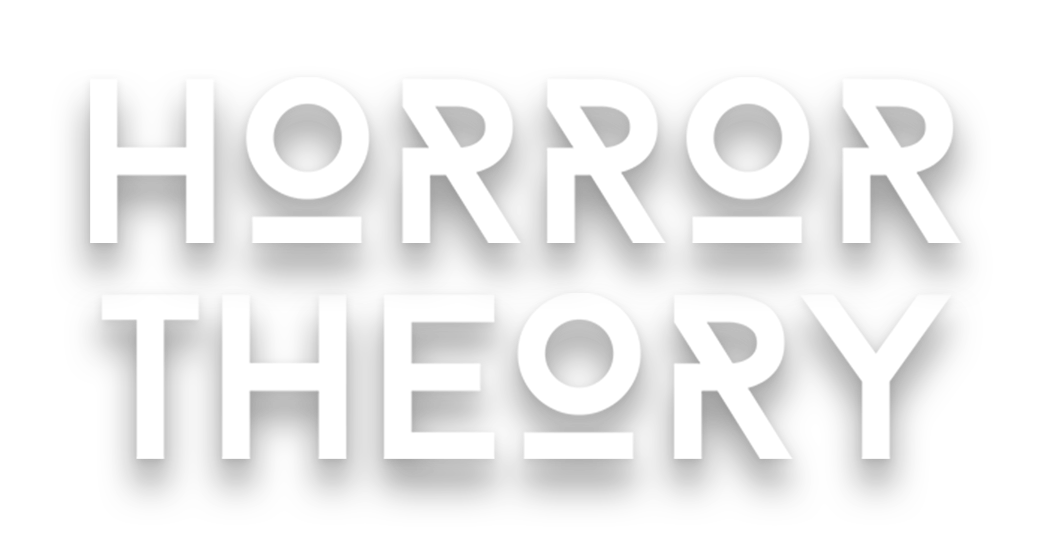Before the pandemic closed movie theaters around the world, Come to Daddy was released in February 2020 to applause from critics and audiences alike. The horror comedy follows a privileged musician (played by Elijah Wood) who visits the father he’s never met in his secluded Oregon cabin. Almost immediately, the father displays strange behavior that only grows stranger as the story progresses.
New Zealand-born director Ant Timpson (who is best known for producing The ABCs of Death series Deathgasm) made his debut feature film with Come to Daddy, which premiered in 2019 at the Tribeca Film Festival. Evidently, the story comes from a much more personal place than it originally lets on.
The director spoke to Entertainment Weekly about the inspiration behind Come to Daddy in an article published February 2020. Here’s what he had to say:
“Dad drops dead in front of me [and] I spend a week with his corpse in a coffin in his house alone at night,” the director recalls. “During the day, strangers come, pay their respects, and I start thinking that maybe there’s an alternate history to my father. The whole process was cathartic and beautiful and creepy and sad. I came out of it staring, like, death in the face, and thinking life’s really short, I should get back to what really means something to me, which — apart from my poor dead dad — was getting back into making films. Instead of producing, I used to make films when I was young. I was an obsessive video filmmaker, every weekend, and then I just went down another path. I was like, this is a wake-up call. I wanted to make something that was a tribute to my dad, because it’s the type of film he loved: gallows humor, crazy characters, British sensibility. I approached Toby Harvard, who wrote The Greasy Strangler, with the skeleton of an idea, that was inspired by that whole traumatic, cathartic process.”
